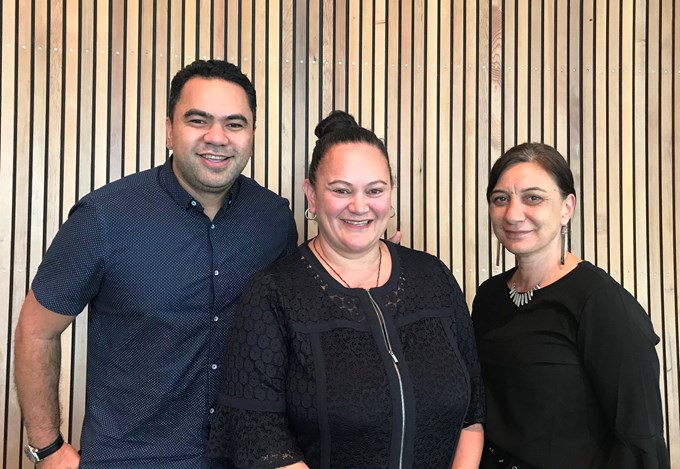Showcasing the stories of Auckland’s rich Māori history and revitalising the language is at the heart a project that aims to see Te Reo Māori more widely spoken, heard and seen throughout the region.
Eleven local boards are participating in the naming project, which will see mana whenua conducting research on selected sites to add Māori names to some of our parks and community facilities.
Among them is Henderson-Massey Local Board which last night agreed on a list of sites it is inviting local mana whenua Te Kawerau ā Maki to research.
“Mana whenua will do this research and then come back to us with names and narratives for each site which they will be gifting to us,” says Henderson-Massey Local Board member Paula Bold-Wilson.
“It is a privilege for our board to work alongside Te Kawerau ā Maki on this project and to acknowledge their history.”
“This is one of a number of projects our board is undertaking to honour our commitment to Te Tiriti o Waitangi and to work with and support the aspirations of Māori as indicated in our local board plan.”
Board member Will Flavell says, “This project is a simple but significant way we can contribute to revitalising Te Reo Māori, a New Zealand cultural treasure.”
“When people come to some of our parks and community facilities we want them to get a greater sense of the history of our area, including our Māori history. We are excited to work with Te Kawerau ā Maki to bring our local stories to life.”
The dual naming project does not propose removing or translating existing names but adding a new Māori name to it.
Initially eleven boards are participating in the programme.
As well as Henderson-Massey, the other participating local boards are Manurewa Local Board, Whau Local Board, Puketapapa Local Board , Albert-Eden Local Board, Ōtara-Papatoetoe Local Board, Māngere-Ōtāhuhu Local Board, Kaipatiki Local Board, Hibiscus and Bays Local Board, Waitākere Ranges Local Board and Papakura Local Board.
Māori Language Policy brought to life
This initiative also supports the key outcome areas of the council’s own Māori Language Policy, which was adopted in 2016.
Depending on the number of locations to be researched, local boards are expected to have a list of names and narratives provided to them in early 2019.


